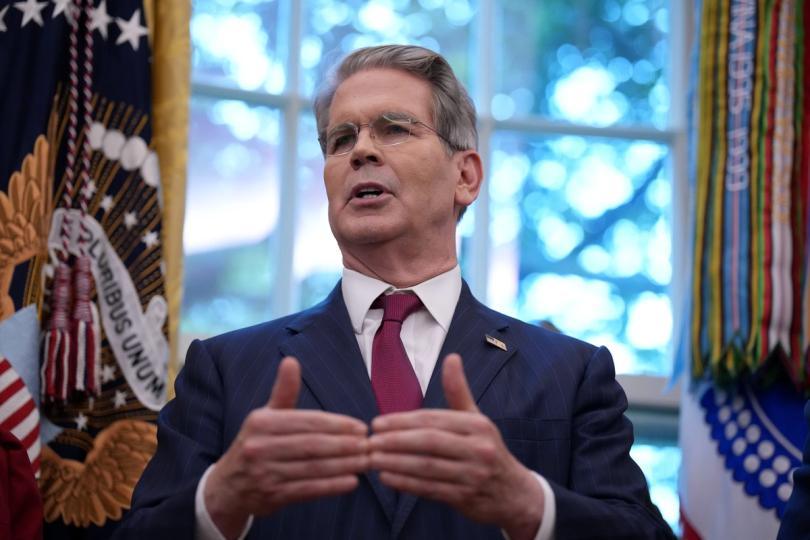US Treasury Secretary Scott Bessent marked the 17th anniversary of the Bitcoin white paper on Friday with an article on This comment also constitutes a political signal and a partisan nudge.
October 31 carries particular weight in the crypto field. That’s the date Satoshi Nakamoto published the nine-page Bitcoin white paper in 2008, the document that outlined a peer-to-peer electronic payment system and paved the way for a network that has been operating continuously since January 2009. Supporters are using the anniversary to highlight bitcoin’s enduring design and its independence from any single operator.
Bessent’s note comes amid a year of crypto-forward messaging from the Treasury.
In July, after President Trump signed the GENIUS Act, Bessent called stablecoins “a revolution in digital finance” and argued that an internet-native dollar railway could strengthen reserve currency status while expanding access to dollar payments. The Treasury published this statement on its website.
In August, Bessent said on
The reaction to Friday’s post revealed familiar divisions within crypto.
Longtime Bitcoin Core developer Luke Dashjr hit back, saying Bitcoin is “weaker than ever,” a nod to disputes over recent software releases and what they mean for network purity.
Researcher Eric Wall sarcastically responded that “bitcoin died after core v30 was released,” addressing recurring disasters after upgrades.
Investor Simon Dixon reframed Bessent’s line as a criticism of monetary policy, arguing that Bitcoin’s purpose is to protect against political debasement.
Others pressed for action: trader Fred Krueger joked that the Treasury should buy for Bitcoin’s strategic reserve, and digital asset strategist Gabor Gurbacs urged putting Bitcoin “on balance sheet.”
The responses fall broadly into two camps: technical purists disputing general claims of resilience, and market participants pressuring the Treasury to transform the rhetoric into acquisition policy.
The political advantage was accentuated by timing. The federal government has been in partial shutdown since Oct. 1 after Congress missed budget appropriations for fiscal 2026, leading to about 900,000 layoffs, about 2 million employees working without pay and reduced operations at agencies such as the NIH and CDC. This is the 11th shutdown to reduce services and is described as the longest full shutdown on record.
Read carefully, Bessent’s message welcomes a network that operates on weekends and public holidays. From a political perspective, this pits the availability of Bitcoin against a Congress stuck on funding bills — another sign that the Treasury chief intends to keep digital assets in policy conversations during Washington’s busiest days.




